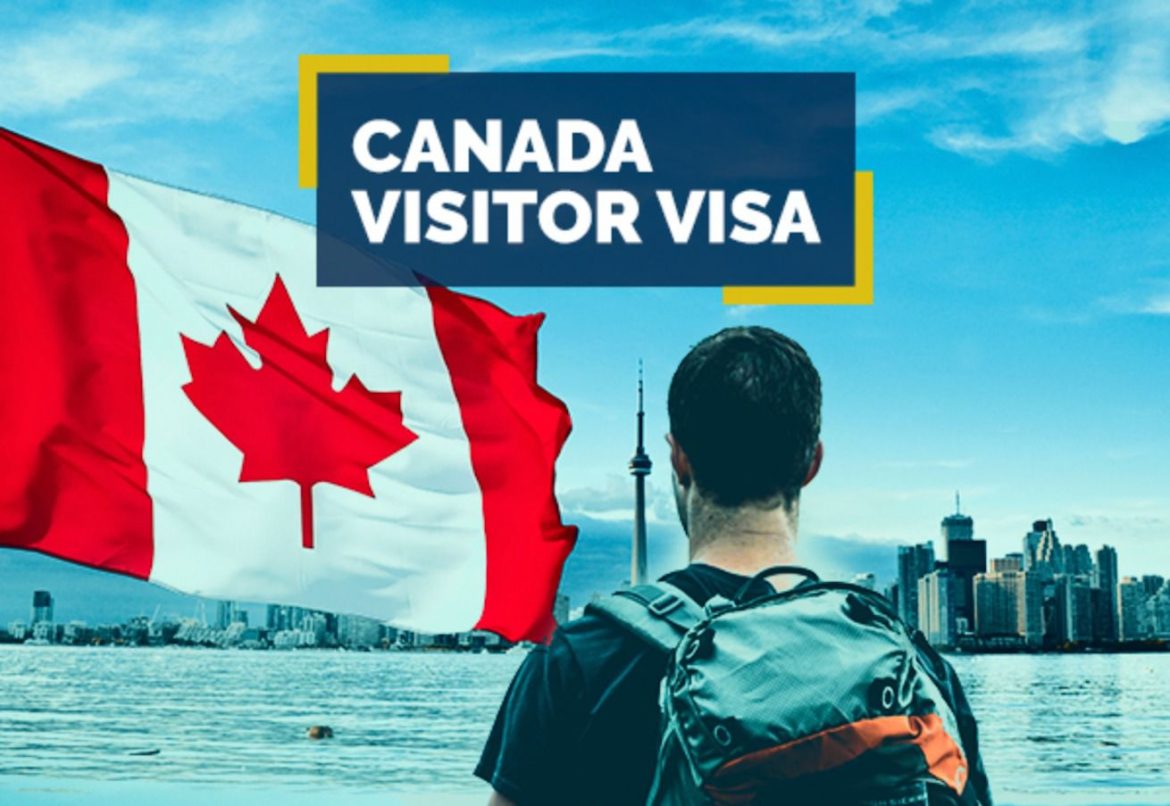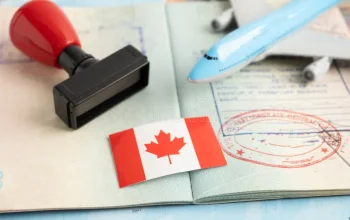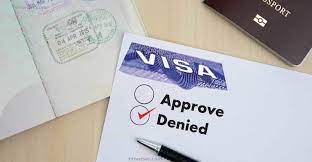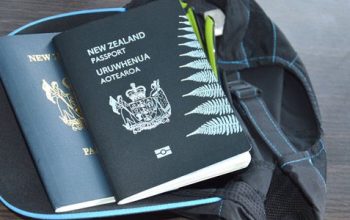Are you dreaming of maple syrup, breathtaking landscapes, and friendly locals? Planning a trip to Canada is an exciting adventure filled with endless possibilities. But before you pack your bags and hop on that plane, it’s crucial to understand the visa entry requirements. Don’t fret! We’ve got you covered with all the essential information you need to know. From understanding different types of visas to navigating the application process seamlessly, this blog post will be your ultimate guide to ensuring a smooth entry into the land of moose and mountaintops. So buckle up and get ready for an unforgettable journey through Canada’s visa requirements! CANADA VISA ENTRY REQUIREMENTS
Who Needs a Visa to Enter Canada?
Canada is a popular destination for tourists, students, and business travelers from all over the world. If you are planning to visit Canada, one of the first things you need to determine is whether or not you require a visa to enter the country. Canadian immigration laws state that foreigners who wish to enter Canada must obtain a visa unless they are citizens of visa-exempt countries.
Visa-exempt countries include the United States, European Union member states, Australia, Japan, New Zealand, South Korea, and several others. Citizens of these countries can visit Canada for tourism or business purposes without needing a visa for stays up to six months. However, there are some exceptions within these categories as well. For example, citizens of European Union member states may only be exempt from visas if they hold biometric passports.
If you do not hold a passport from one of the visa-exempt countries or fall into any other exception category mentioned above (such as being a permanent resident of another country), then you will need to apply for a temporary resident visa (TRV) in order to enter Canada.
There are different types of TRVs depending on your purpose of travel. The most common type is the single-entry TRV which allows visitors to stay in Canada for up to six months before having to leave and re-enter. This type of visa is suitable for tourists and short-term visitors. ONLINE CANADA VISA APPLICATION
Different Types of Canadian Visas
Traveling to Canada can be an exciting and enriching experience, but it’s important to make sure you have all the necessary paperwork in order before your trip. One of the most crucial documents for entering Canada is a visa. A visa is a permit issued by the Canadian government that allows foreign nationals to enter and stay in the country for a specific period of time. There are various types of visas available depending on the purpose of your visit, and it’s essential to understand which one is right for you.
1. Temporary Resident Visa (TRV)
The Temporary Resident Visa is one of the most common types of visas used for short-term visits to Canada. It allows individuals from countries that require a visa to enter Canada as tourists, business visitors, or temporary workers. The TRV is valid for multiple entries within a certain period, usually six months or less.
2. Electronic Travel Authorization (eTA)
The eTA was introduced in 2016 as an electronic entry requirement for visa-exempt foreign nationals traveling to Canada by air. This includes citizens from countries such as Australia, France, Germany, Japan, and many others. The eTA is linked electronically to your passport and remains valid for up to five years or until your passport expires.
3. Student Visa
If you’re planning on studying in Canada for more than six months, you will need a student visa also known as a study permit.
How to Apply for a Canadian Visa?
Applying for a Canadian visa is an essential step in planning your trip to Canada. Depending on your country of citizenship, you may need to obtain a visa before entering Canada. In this section, we will guide you through the steps of applying for a Canadian visa.
Step 1: Determine which type of visa you need
The first step in the application process is to determine which type of visa you require. The type of visa will depend on your purpose of travel, such as tourism, business, or study. You may also need different types of visas depending on the length of your stay in Canada.
Step 2: Check entry requirements and eligibility
Once you have identified the type of visa that suits your needs, it is important to check the entry requirements and eligibility criteria. This information can be found on the Immigration, Refugees and Citizenship Canada (IRCC) website.
Generally, all visitors to Canada must have a valid passport and be admissible into the country. Admissibility includes factors such as having no criminal record and being in good health. Some countries may also require biometrics (fingerprints and photo) as part of their application process.



